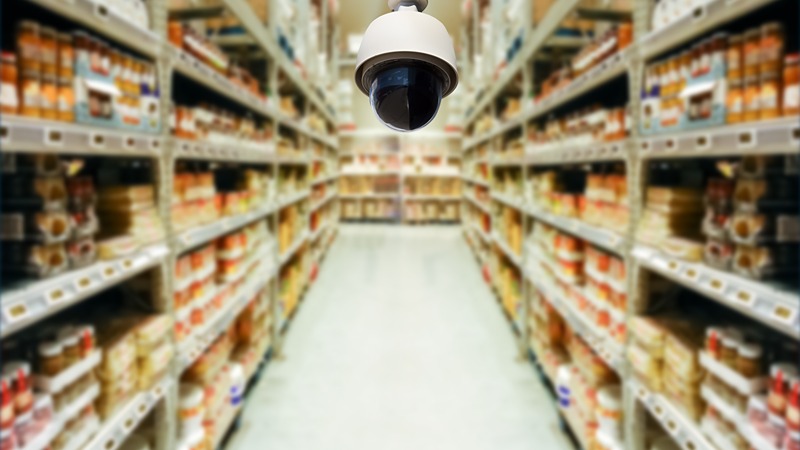
In the realm of big-box retail, major players like Walmart, Target, Home Depot, and Walgreens are grappling with a surge in organized retail theft, shoplifting orchestrated by criminal gangs. To combat this rising threat, these retailers are teaming up with technology companies to integrate artificial intelligence (AI) with anti-theft technologies.
The Loss Prevention Research Council (LPRC), initiated in 2000 with funding from Target, is at the forefront of testing various anti-theft technologies, often incorporating AI. The objective is both catching thieves in the act, and, more important, deterring them from committing crimes in the first place. This approach aims to make theft less enticing and to create an environment where criminals abandon their intention to steal.
Retailers are leveraging a combination of tools, including AI-enhanced video surveillance systems, facial recognition cameras, license plate readers, autonomous security robots, RFID tags, and predictive analytic software. These technologies are designed to work together, using AI to analyze data from various sources and enable real-time responses to potential threats.
While AI offers promising solutions, there are concerns about the ethical implications and predictive accuracy of AI tools. Experts emphasize the importance of maintaining human oversight to ensure responsible use of AI in loss prevention activities. Striking a balance between enhancing security and safeguarding customer rights and experiences is crucial for retailers.
Organized retail theft is not limited to stores; it extends to various points in the supply chain and distribution systems. In 2021, total annual retail “shrink” — inventory reduction due to theft or other causes — reached $94.5 billion, with almost half attributed to organized retail crime (ORC). This trend has prompted retailers to allocate higher budgets for loss prevention and technology.
AI is also being integrated into anti-theft measures inside stores. Enhanced camera systems with AI monitor various areas of the store, while technologies like radio-frequency identification (RFID) tags offer both loss prevention and inventory management benefits. However, retailers must balance security enhancements with providing a frictionless shopping experience for customers.
Incorporating AI into security measures is an ongoing process, with retailers seeking ways to stay ahead of criminals while ensuring that shopper needs and expectations are met. The challenge lies in finding the right balance between heightened security and a positive shopping experience.





